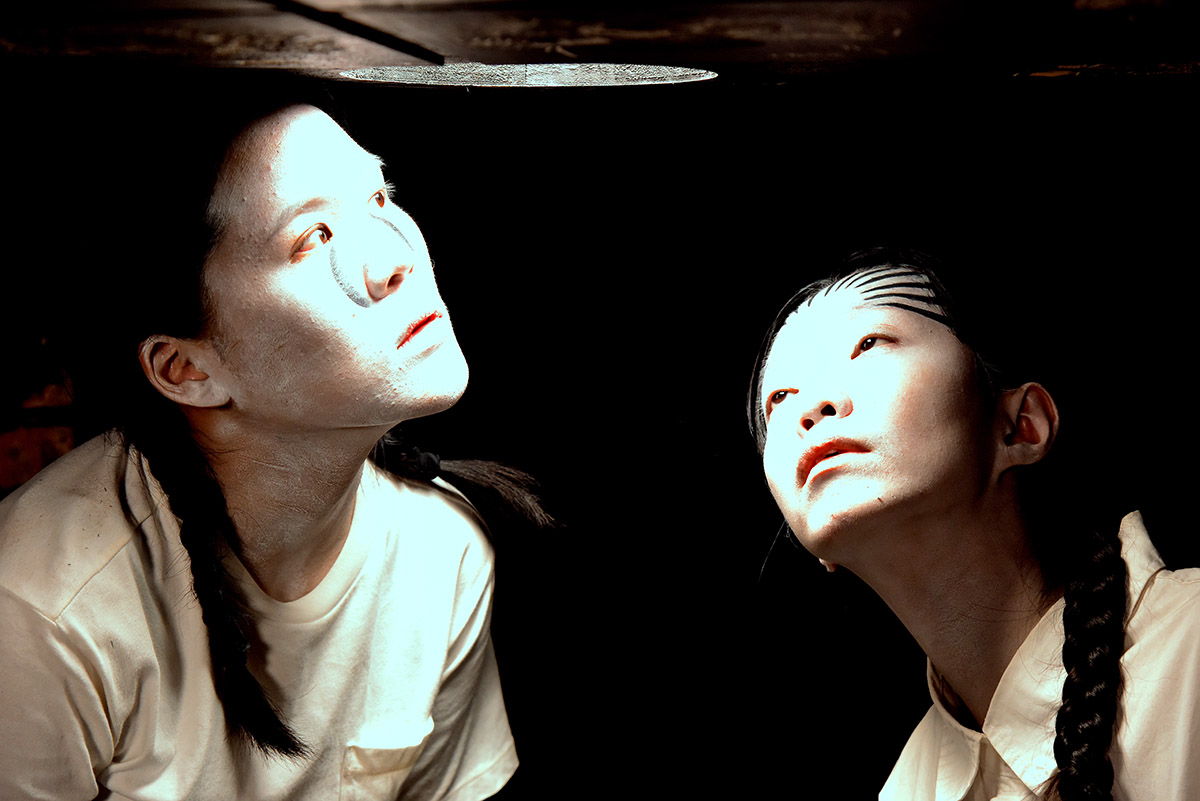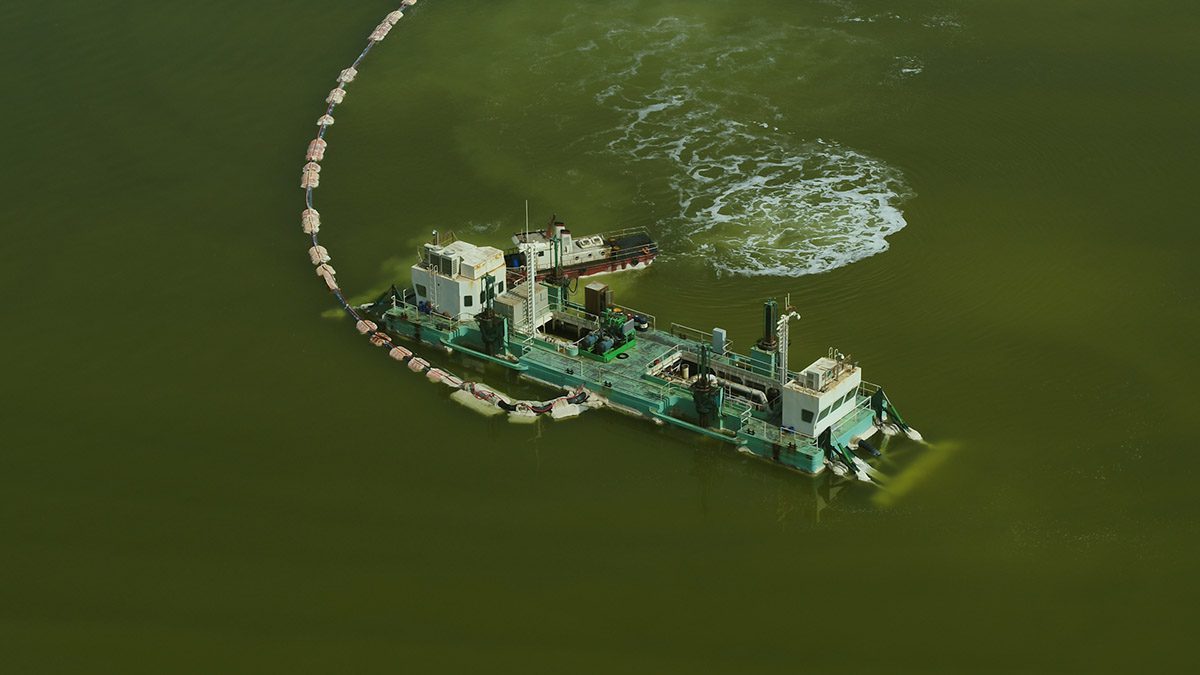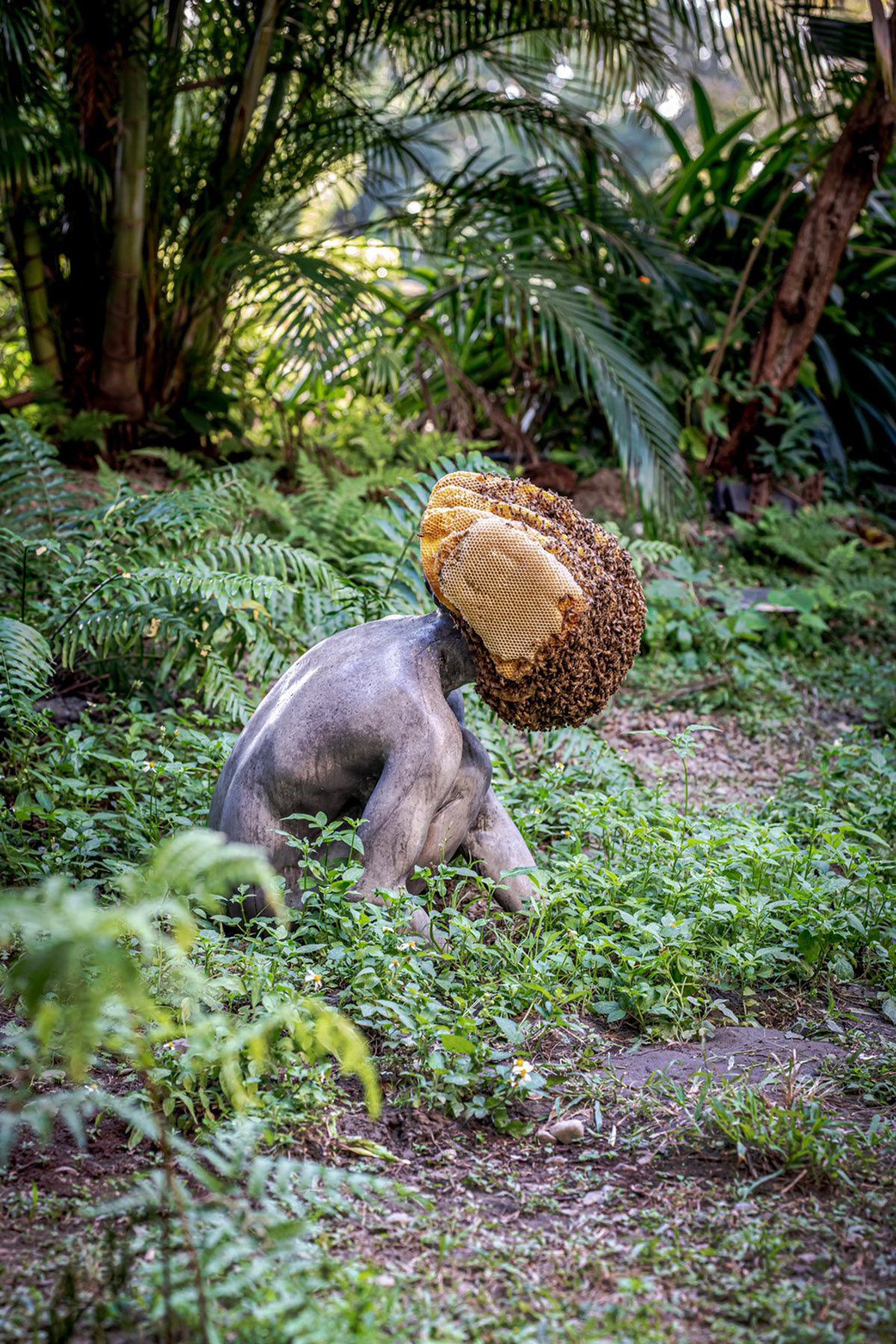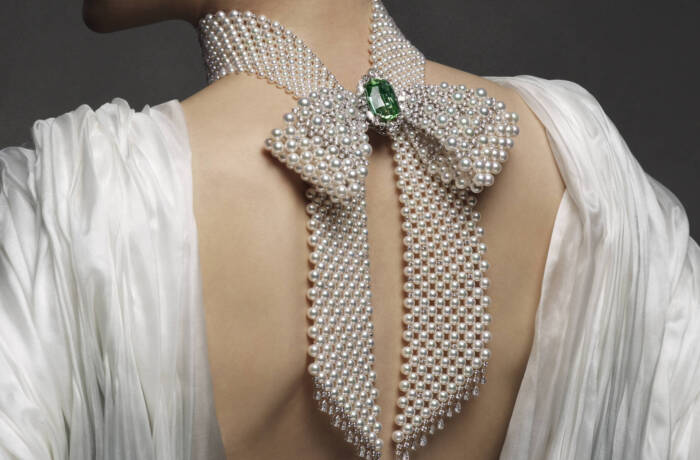
Chin Cheng-Te, Lee Chia-Hung, Lin Chuan-Kai, and Chen Yi-Chun, still image from Making Friends/ Fire, 2020, mixed media installation, dimensions variable. Videographer: Lee Chia-Hung.
Independent curator Eva Lin worked alongside French philosopher Bruno Latour and Martin Guinard to select contemporary artists and designers interrogating climate issues for the 12th edition of the Taipei biennial. Here, she speaks to Tara Sallaba about experiencing artworks in a digital format and how art can help to raise awareness

Eva Lin. Image by Etang Chen
1. The biennial has transformed the Taipei Fine Arts Museum into “planetarium”, representing different interpretations of the world. Which one most closely aligns with your views and why?
What I want to answer intuitively is the Planet Terrestrial*, but it should be the sum of all planets including the unveiled one. It’s like you plant a tree in your garden and underneath, the tree’s roots are intertwined with other species and cannot be separated anymore. Each mountain is not independent, but a symbiosis interactive with soil, species, bacteria, humidity, sunlight, wind. Geopolitical methods are no longer the answer to climate emergency. All problems nowadays are closely related to ecology, and each of us is no longer an outsider.
Follow LUX on Instagram: luxthemagazine
2. How do you think art can most effectively participate in wider discussions around climate change?
We, as art workers, have to be modest about this issue. Art is certainly not the solution; it’s not created for problem solving. However, art can certainly serve as an alarm to wake up audiences and draw attention to social issues which cannot be solved due to the scientific uncertainty.

Liu Chuang, still image from Lithium Lake and the Lonely Island of Polyphony, 2020, 3 channels video, colour, sound, 35mins 55 secs. Courtesy of the artist and Antenna Space
3. Are there any artists who are particularly inspiring you at the moment?
From the biennial, Chang Yu-Tang and for work about the Anthropocene, Forensic Architecture.
Read more: How women artists are reshaping art history
4. How do you think experiencing art through online formats affects our relationship with the pieces?
It’s somehow similar to observing the reflection of the moon on the ocean. You feel really close to the moon as you could actually catch the moon from the water, though you can’t feel the texture and temperature of the moon. We can easily access and experience art through online formats, though we certainly lose something and may not be able to encounter the soul of the piece.

Pierre Huyghe, Exomind (Deep Water), 2017, concrete cast with wax hive, bee colony, figure: 72×60×79 cm, beehive dimensions vary. Courtesy of the artist, Winsing Arts Foundation and Taipei Fine Arts Museum. Photographer: Rex Chu
5. Do you think the art industry is doing enough to be sustainable?
There is still a long way to go. It’s really a lifetime task as the world is changing every day.
6. Once international borders open, which galleries/museums will you be visiting first?
Haus der Kulturen der Welt [HKW] in Berlin.
The Taipei Biennial runs until 12 March 2021 at Taipei Fine Arts Museum. For more information, visit: taipeibiennial.org/2020
*According to the biennial’s press release: ‘Planet Terrestrial restlessly looks for ways to achieve prosperity while staying within the limits of planetary boundaries.’








